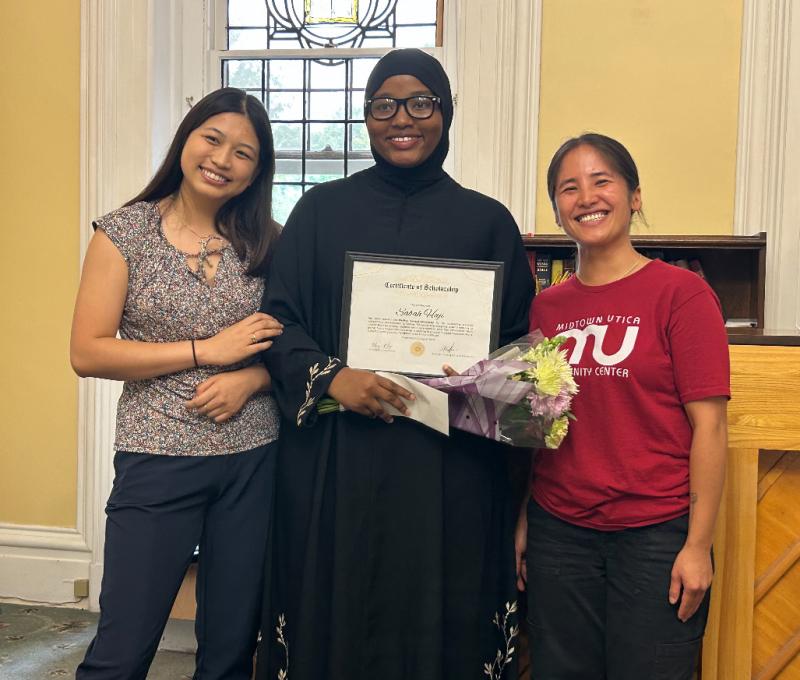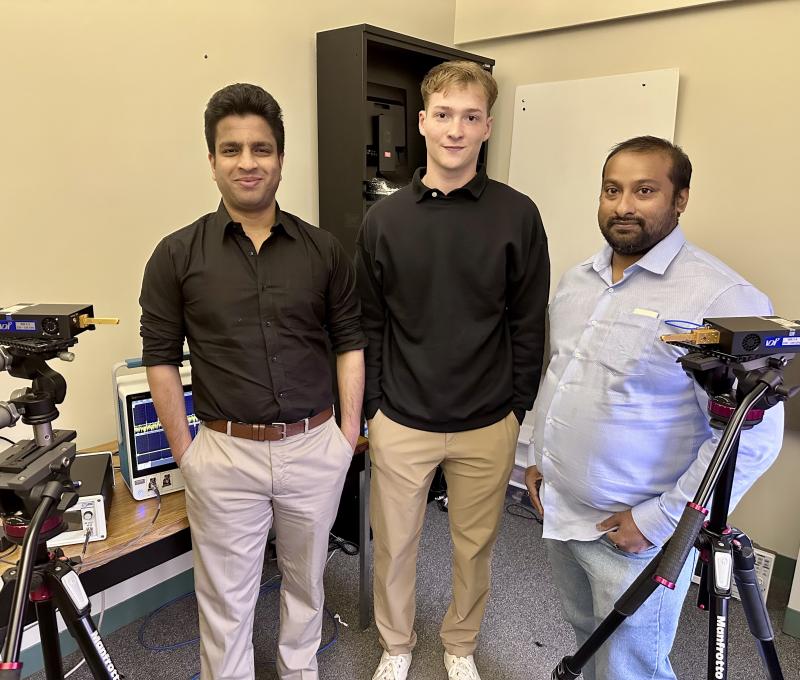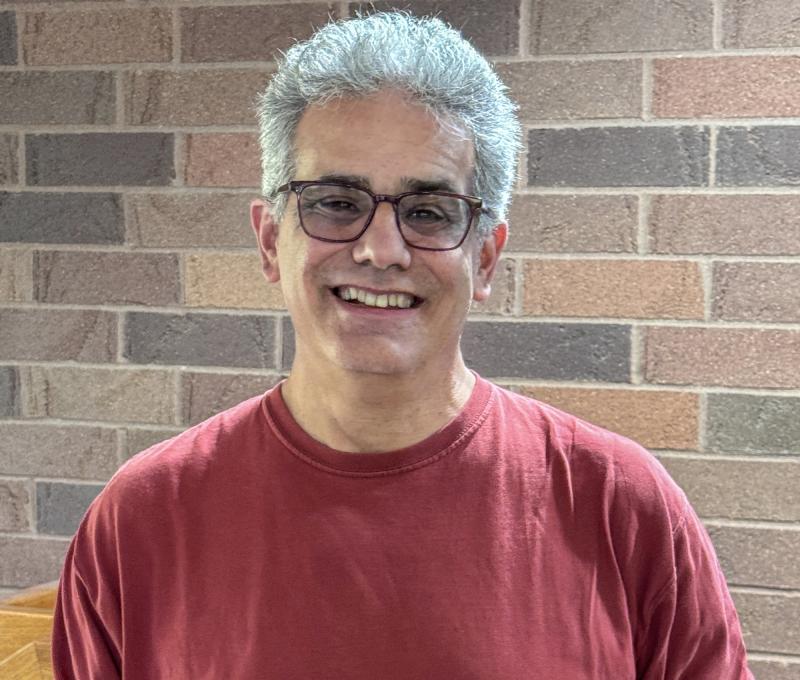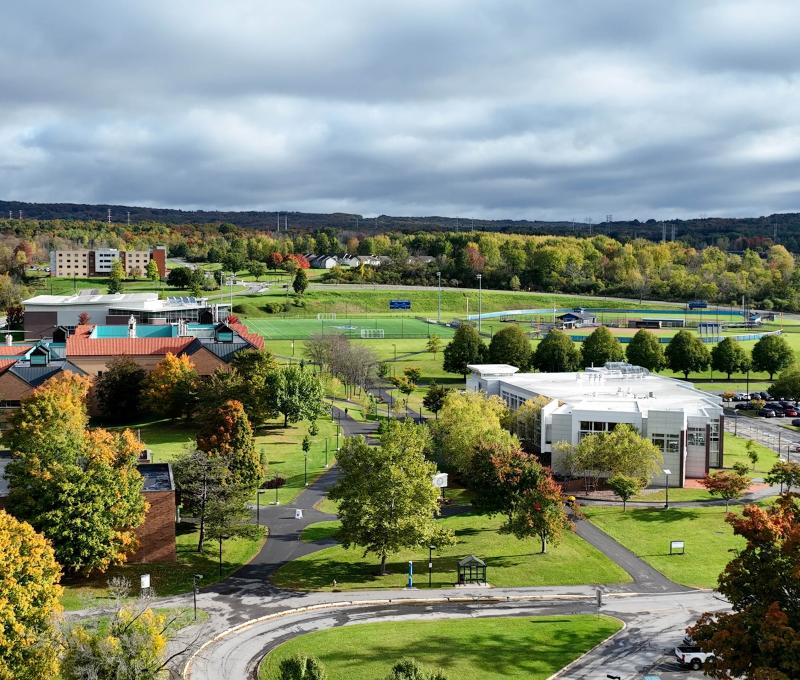SUNY Poly Collaborative Research published in Classical and Quantum Gravity

Dr. Carlo Cafaro, SUNY Poly faculty in the Department of Mathematics and Physics, collaborated with Dr. Paul M. Alsing, Principal Research Physicist at the Air Force Research Laboratory, or AFRL in Rome-NY, on a work published in Classical and Quantum Gravity.
Classical and Quantum Gravity (CQG) is an established journal for physicists, mathematicians, and cosmologists in the fields of gravitation and the theory of spacetime. The journal is now the acknowledged world leader in classical relativity and all areas of quantum gravity. CQG is published by IOP Publishing, the publishing company of the Institute of Physics.
The research paper, entitled “Qubit Geodesics on the Bloch Sphere from Optimal-Speed Hamiltonian Evolutions,” is a theoretical piece of work. It combines concepts of quantum physics with elements of differential geometry of use in classical general relativity. It proposes a way to describe and, to a certain extent, understand geodesic paths on the Bloch sphere in terms of optimal-speed Hamiltonian evolutions of two-level quantum-mechanical systems.
In the geometry of quantum evolutions, a geodesic path is viewed as a path of minimal statistical length connecting two pure quantum states along which the maximal number of statistically distinguishable states is minimum. In this CQG work, Cafaro and Alsing present an explicit geodesic analysis of the dynamical trajectories that emerge from the quantum evolution of a single-qubit quantum state. Evolution is governed by a Hermitian Hamiltonian operator that achieves the fastest possible unitary evolution between given initial and final pure states. Furthermore, in addition to viewing geodesics in ray space as paths of minimal length, Cafaro and Alsing also verify the geodesic behavior of paths in terms of unit geometric efficiency and vanishing geometric phase. Finally, based on their analysis, they briefly address the main hurdles in moving to the geometry of quantum evolutions for open quantum systems in mixed quantum states.
The team’s published research, featuring Dr. Cafaro as lead author, can be read here:








